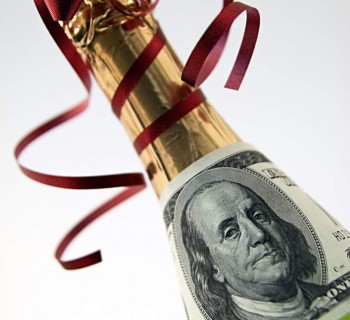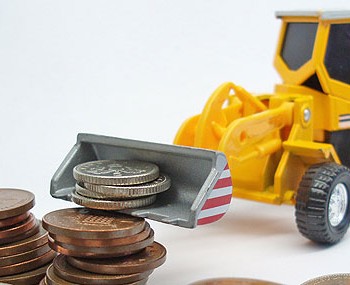
The window may be closing to take advantage of exceptionally low interest rates. After all, it is not reasonable to assume that rates will remain at these levels forever. While many economists are calling for interest rates to increase slowly when they finally begin to climb, past indications suggest that interest rates movements can sometimes be swift.
For example, the mere hint of financial stimulus reductions in May of 2013 caused the 30 year mortgage rate to climb from 3.35 percent to 4.51 percent in roughly 11 weeks – all without the Federal Reserve officially raising rates!
Despite a recent slowdown in economic growth during the first quarter, Federal Reserve chairman Janet Yellen may now be forced to increase interest rates.
That is because the Federal Reserve is bound by a dual mandate – keep inflation around 2 percent and the unemployment rate near 5 percent. With core inflation rate creeping higher and unemployment rate edging lower, we may be staring at the first rate hike since June of 2006.
Higher borrowing costs on the horizon
What might an increase in interest rates mean for homeowners or homebuyers? Unfortunately, it could translate into higher borrowing costs. According to the Freddie Mac Primary Mortgage Market Survey, the 30 year and 15 year mortgage rates are near 3.87 and 3.11 percent respectively so the good news is there may still be time to refinance or purchase a home while low interest rates are available.
When it makes sense to refinance
From application and origination fees to appraisals and attorney fees, there are usually multiple costs associated with refinancing. As a result, it is important to calculate your breakeven point before jumping in head first. Simply put, your breakeven point is how long you must stay in the home to recoup all of the costs associated with the refinance. For example, if refinancing costs total $3,800 in fees but will result in monthly savings of $220, it will take approximately 17 months to recoup your costs. As long as you plan on living in the home beyond the breakeven point, it usually makes sense to take advantage of the lower rate. Consider utilizing online mortgage calculators that can be found at sites like Zillow.com to see your individual breakeven.
After running the numbers to determine that a refinance works for you, be sure to carefully review the terms of your current or prospective loan. Are you paying private mortgage insurance due to a lack of equity? Is it a fixed or adjustable rate loan? There are many factors to consider and many homeowners should think twice and be sure that they fully understand the terms before choosing adjustable rate loans in this market. Rather than gamble with interest rates jumping up after the introductory rate period, consider using a fixed rate loan to lock up a low rate for the long-term.
Use higher home values to eliminate PMI
Now may also be an attractive time for homeowners that previously couldn’t refinance due a lack of equity in their homes. Since most real estate values have increased nationally over the last few years, (substantially in some markets) it may be time to try refinancing again – even if you were previously upside down or owed more than your home was worth.
Additionally, mortgage holders with less than 20 percent equity that have been paying private mortgage insurance (PMI) may also want to use the increase in values to eliminate these additional costs. Consider contacting your mortgage provider to determine the options that may be available.
Reduce your interest costs by reducing your mortgage term
While reducing the term of your mortgage may increase monthly principal and interest costs, doing so could end up saving thousands of dollars over the life of the loan. For example, refinancing a $250,000, 30 year loan at 4.25 percent to a 15 year loan at 3.15 percent may increase the monthly mortgage payment by approximately $500. However, this change could end up saving $130,000 in interest costs over the life of the loan. This may be an option worth considering for homeowners with excess cash flow after addressing other savings goals like retirement funding.
While refinancing is clearly not appropriate for everyone, the combination of low interest rates and higher home values may make now an attractive time to review the options available. Since rates may not remain low forever, it is important to take a proactive approach before the refinancing window closes. Keep in mind that the Federal Reserve may have to back off their plan to raise rates if economic weakness continues so keep a close eye on the economy. Since everyone’s situation is unique, consider speaking to your tax, legal and financial adviser to determine the most appropriate approach for you.
Kurt J. Rossi, MBA is a CERTIFIED FINANCIAL PLANNERtm Practitioner & Wealth Advisor. He can be reached for questions at 732-280-7550, kurt.rossi@Independentwm.com or www.Independentwm.com. LPL Financial Member FINRA/SIPC.







